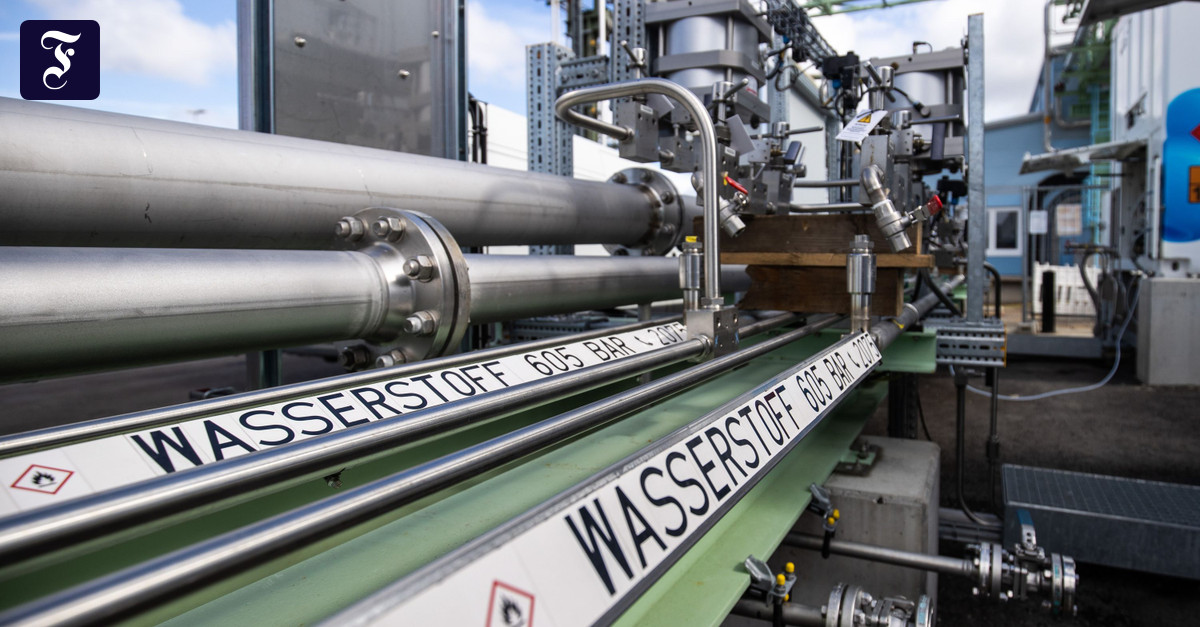Mr. Kreysing, the Federal Chancellor and the Federal Minister for Economic Affairs recently signed letters of intent for hydrogen deliveries with Canada and Saudi Arabia. Is this a substitute for lost natural gas, will this energy source help us out of the crisis?
Inga Janovic
Editor in the regional section of the Frankfurter Allgemeine Zeitung and responsible editor of the business magazine Metropol.
Follow I follow
Hydrogen cannot solve the energy supply problems in the next two to five years.
There is simply a lack of production capacity and infrastructure for transporting hydrogen.
Their construction takes time.
The strategies for the energy transition state that relevant quantities of hydrogen can be available from 2030 onwards. Is this realistic?
I think that in about five years there will be significantly more opportunities for hydrogen production in Europe and imports to Europe.
In which countries do you see corresponding preparations?
In Germany there are many, but rather smaller project initiatives.
In Europe, countries like Spain and the Netherlands are very active.
In principle, all countries that have a high proportion of hours of sunshine or wind are predestined for hydrogen production.
When we think about international cooperation, factors such as political stability and transport routes also play an important role.
Australia could become a major hydrogen producer, as could Saudi Arabia, South American countries such as Chile or African countries such as Namibia.
Everywhere there, the production facilities would still have to be built, and many ships would have to travel halfway around the world to cover our energy needs. That doesn't sound like a cheap form of energy generation.
There will be two ways we can source hydrogen.
The easiest way are pipeline connections, which can be used for transport within Europe or from North Africa.
Transport by ship is more complex and therefore more expensive, and it is no longer so important whether a longer or shorter distance has to be covered.
In principle, ship transport is associated with significantly higher costs.
Ship transport is not yet technologically mature. To do this, the hydrogen would have to be liquefied, which requires enormous amounts of energy and would make the gas very expensive.
There are probably better ideas than the variant of liquefying the hydrogen.
Personally, I find the plan very charming to convert the hydrogen obtained from the sun or wind into green methane, i.e. into a kind of green natural gas, while still at the production site.
Then transport would be possible with the existing natural gas infrastructure: with LNG ships and gas pipelines.
There is a company called TES that will build an LNG terminal in Wilhelmshaven, through which fossil LNG will first come into the country and then green LNG as early as 2026.
Projects like this require a lot of money and the appropriate legal framework. Investors are ready, but regulation is still being debated.
It is also about the question of which hydrogen can be considered green, i.e. was produced without emitting carbon dioxide.
The EU Commission has very rigid ideas as to where the renewable energy for hydrogen production may come from.
However, such strong restrictions would limit the market ramp-up and thus slow down the energy transition.

